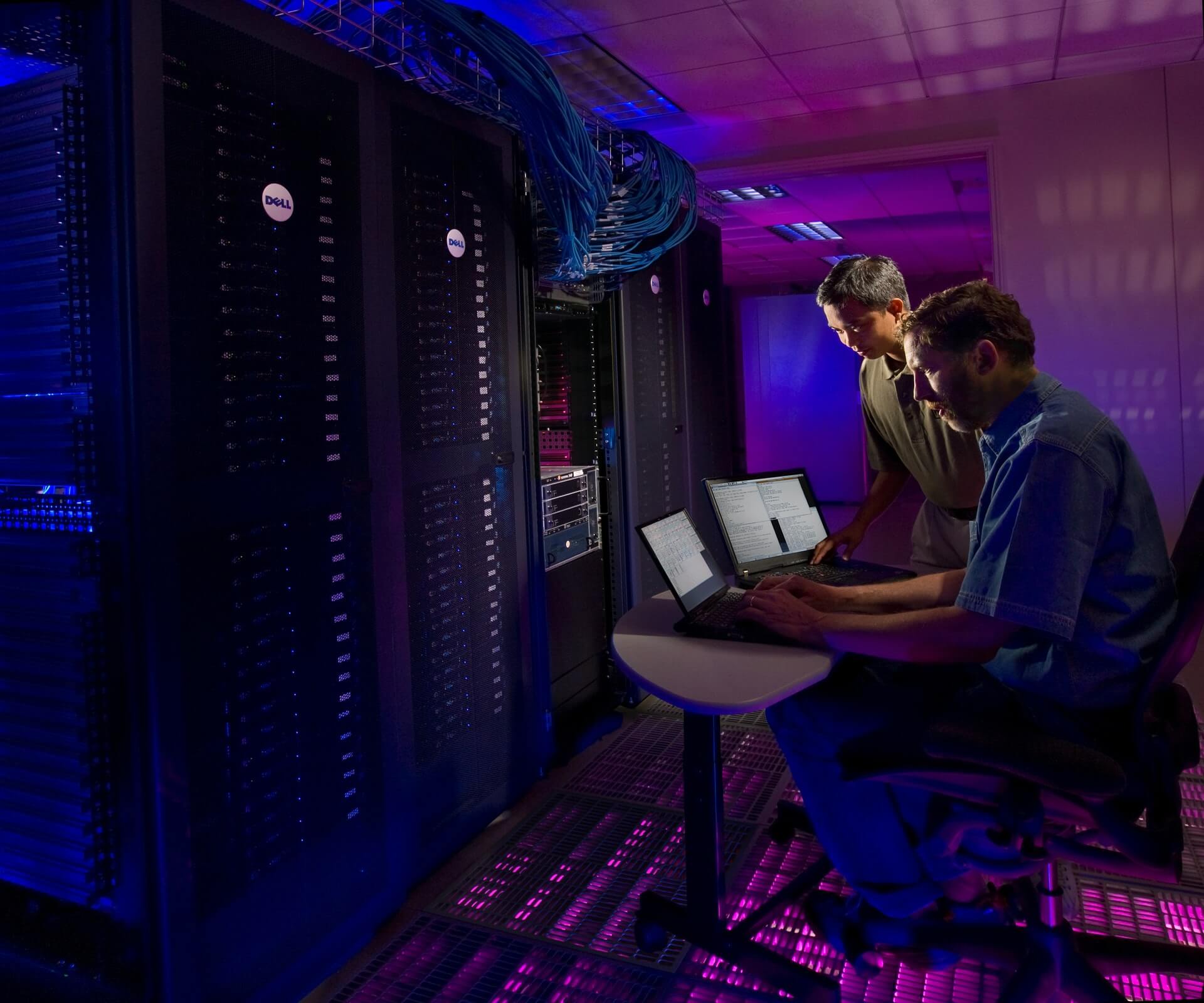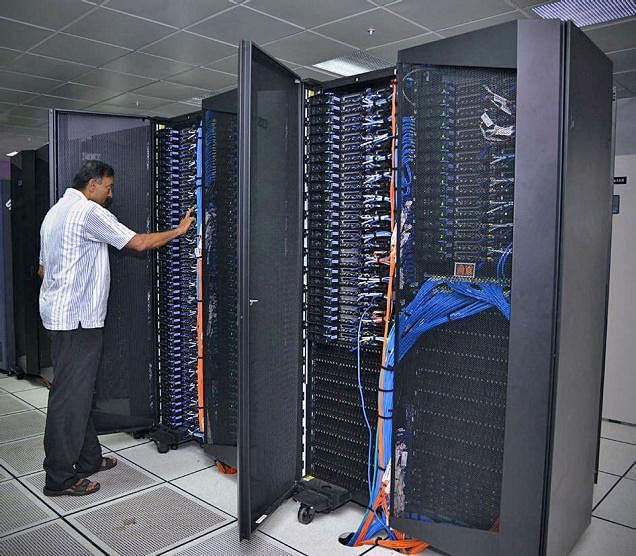We have probably heard of a supercomputer as jargon in a broader classification of computers. To some of us, it could seem super-computer as if it has some kind of superpowers like superman. Perhaps, you might not be wrong, for some researchers this superpower of supercomputer can unreveal new discoveries for the betterment of mankind.
How the year 1991 flabbergasted the world with India’s first indigenous supercomputer.
What you are missing is the concept of “parallel computing” which makes a supercomputer “super”, in simpler term multitasking capacity. The whole workload is divided into smaller tasks that can be processed simultaneously in two or more processors, providing a faster computing speed. The computers we use for simple computing and attending zoom calls have a very limited parallel processing ability.
You might know why we teach our children the quote “sharing is caring” which is to inherit the child with discipline. Easy-peasy right? Sometimes the notorious ones won’t follow, so we need to manage them accordingly. Well, our supercomputer does share(workload) and is no exception to the above-stated quote.


A US Newspapers published the news with headline, “Denied supercomputer, Angry India does it!”
However, for some modern complex problems, sometimes tasks won’t divide easily. It requires a proper task management; it needs to know how to divide the tasks among the processors.
The US and some European countries had already developed supercomputers during the 1980s, the key being its pivotal role in developing satellites and nuclear weapons. The Indian government in late 80s had requested to purchase Cray X-MP supercomputer but was denied by the US because of the embargoes on the technology. They feared the supercomputer being misused by the Indians for atomic weapons, but they knew very little about the resilience of the Indians after the denial.
As an aftermath of the denial of the purchase request for the supercomputer, the government of India manifested a programme for indigenous supercomputer development. Indian groups like the Centre for Development of Advanced Computing (C-DAC), the Bhabha Atomic Research Centre (BARC) and many more groups had enlisted certain multiple projects for supercomputer development. The Centre for Development of Advanced Computing (C-DAC) was established around November 1988 as a response to the denial by the US for purchasing the supercomputer.
The then Prime Minister Rajiv Gandhi gave the green signal to the project and C-DAC started summoning scientists from across the country. A 3-year budget of around Rs. 300 million was allocated to C-DAC by the government of India. The team of scientists at C-DAC started unravelling the mystery behind the supercomputer. The results were astonishing as C-DAC unfolded the PARAM 8000 supercomputer in 1991.
Probably, we’ve heard of some extraordinary students with extraordinary minds solving problems above their reach and how shocked are some students of their age seeing them doing so. Similar was an event in 1991, a developing country with a big leap in advanced computing(computer) development. Perhaps I think the newspaper headlines across the globe the next day were speaking the real success of India.



